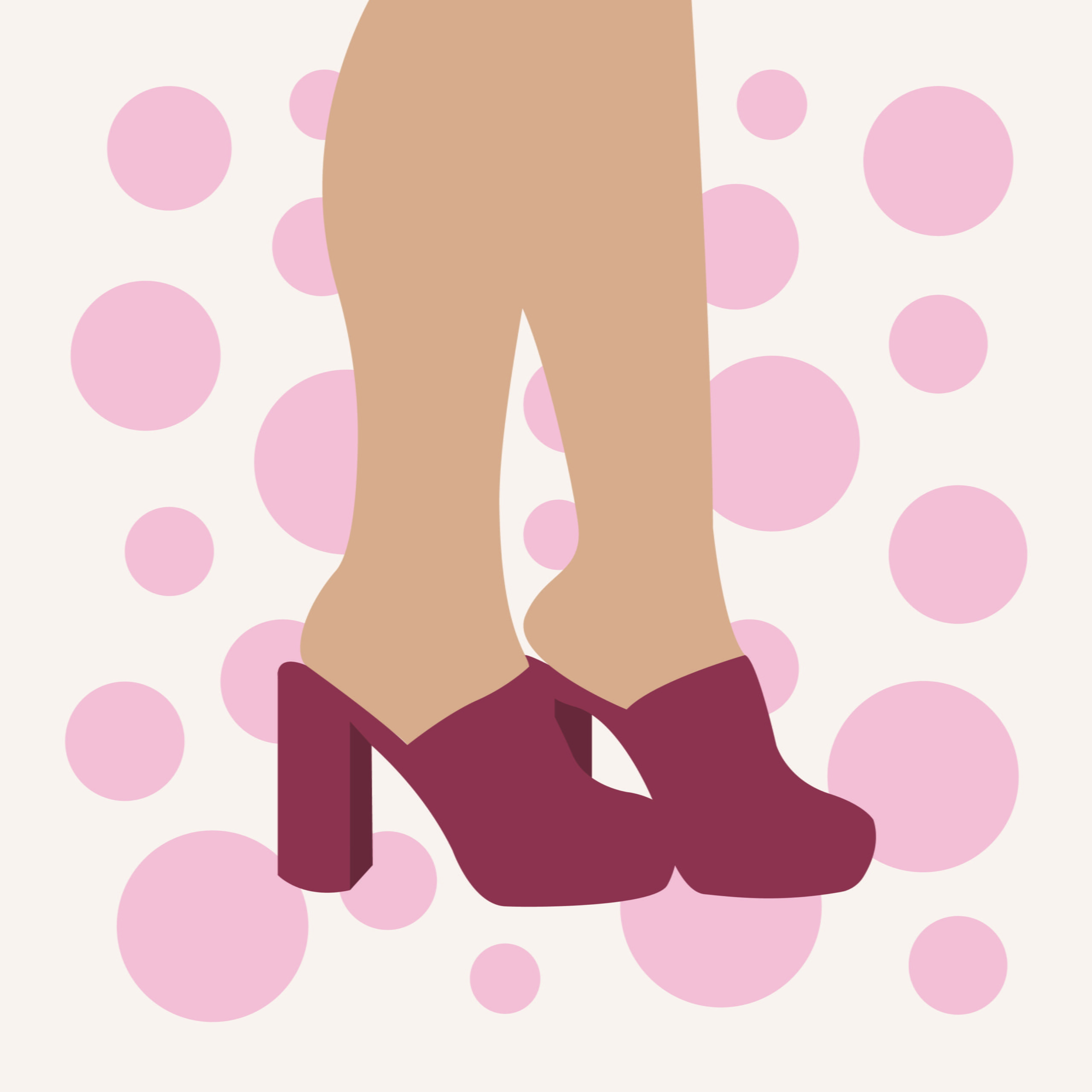The White House Historical Association has announced a new virtual fashion exhibit exploring overlooked designers and seamstresses for first ladies: “Glamour and Innovation: The Women Behind the Seams of Fashion at the White House.” The exhibit is the result of an inaugural academic partnership with New York University’s Steinhardt School of Culture, Education, and Human Development. The partnership with NYU began in January and will continue in 2023, with the next fellow chosen this fall through a competitive application process.
The Association’s first Digital Exhibit fellow, MA/MS Costume Studies student Maegan Jenkins, envisioned the exhibit. Through research, she built the project in collaboration with the Association’s David M. Rubenstein National Center for White House History’s Digital Library team.
“People are always interested in what the first lady is wearing, and what kind of message it conveys,” said Jenkins. “With this exhibit, I wanted to move beyond the major fashion houses to tell the lesser-known stories of the women behind some of those dresses and the incredible contributions they’ve made to American history.”
“Glamour and Innovation: The Women Behind the Seams of Fashion at the White House” explores the work of a diverse group of seamstresses, designers, and couturiers responsible for some of the iconic first ladies’ fashions.
The exhibit highlights the eight entrepreneurial women who forged ahead despite racial discrimination, demonstrated that American designs could rival Parisian fashion and designed across the aisle for first ladies of both parties.
“Maegan’s extensive research has brought to light stories of hidden figures we hear little about, yet in their day were revered talent by first ladies and other social figures. It’s through their craft we are spurring further discussion about White House history,” said Stewart McLaurin, President of the White House Historical Association.
Through a mix of archival photography, portraits, biographies and press clippings, Jenkins’ exhibit will cover over more than a hundred years in fashion history. The display begins with Elizabeth Keckley, Mary Lincoln’s dressmaker who was born enslaved, to Mary Matise, who designed Rosalynn Carter’s 1977 inaugural gown.
The exhibit features high-resolution interactive photos with a zoom feature, allowing viewers to explore the intricacies of the designs up close. Jenkins, too, details the first ladies’ unique tastes and economic considerations, giving insight into the relationships built between each designer and first lady.
“We are delighted with Maegan Jenkins’ project. With its focus on the combination of creativity and labor, this initial collaboration between the Costume Studies graduate program and the White House Historical Association adds significantly to the story of White House fashion,” said Nancy Deihl, Chair of the Department of Art and Art Professions at NYU Steinhardt.
The eight designers featured in this exhibit include:
- Elizabeth Hobbs Keckly, designer of many dresses for First Lady Mary Lincoln
- Sally Milgrim, designer of First Lady Eleanor Roosevelt’s 1933 inaugural gown
- Nettie Rosenstein, designer of First Lady Mamie Eisenhower’s 1953 and 1957 inaugural gowns
- Ann Lowe, designer of First Lady Jacqueline Kennedy’s wedding gown
- Ethel Frankau, designer of First Lady Jacqueline Kennedy’s inaugural gown
- Karen Stark, designer of First Lady Patricia Nixon’s 1969 inaugural gown
- Mary Matise, designer of First Lady Rosalynn Carter’s inaugural gown
- Frankie Welch, designer of gowns and scarves for First Ladies Patricia Nixon, Lady Bird Johnson, Betty Ford, and Rosalynn Carter
Other items featured in the exhibit include Mrs. Lincoln’s checked gown and cape, along with other samples of designers works accomplished throughout their careers.
The project illuminates the Association’s 2022, “Tastemakers & Trendsetters” theme that showcases the fashion, cuisine, social traditions, and individuals who lived, visited, and worked at the White House, and through their talent influenced American culture beyond its gates. Programming such as this is supported by the sale of the Official White House Christmas Ornament.
About Maegan Jenkins
Formally trained in fine art with an emphasis on fiber and textiles, Jenkins is currently an MA/MS candidate in the Costume Studies and Library and Information Sciences dual degree program at NYU’s Steinhardt School of Culture, Education and Human Development. She is also a graduate at the Gardiner Foundation, contributing to the digitization of their museum archives and meta data.
About The White House Historical Association
First Lady Jacqueline Kennedy envisioned a restored White House that conveyed a sense of history through its decorative and fine arts. In 1961, the White House Historical Association was established to support her vision to preserve and share the Executive Mansion’s legacy for generations to come.
Support entirely by private resources, the Association’s mission is to assist in the preservation of the state and public rooms, fund acquisitions for the White House permanent collection and educate the public on the history of the White House.
Since its founding, the White House Historical Association has contributed more than $50 million in fulfillment of its mission. To learn more about the White House Historical Association, please visit HERE.






